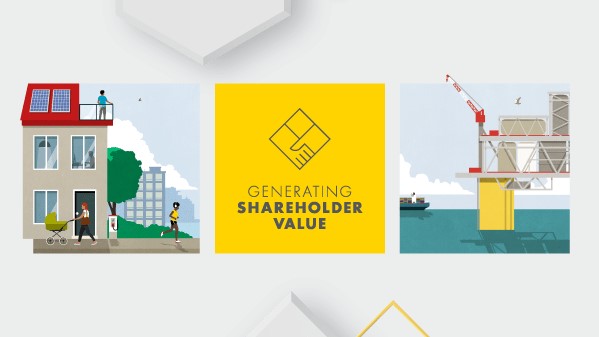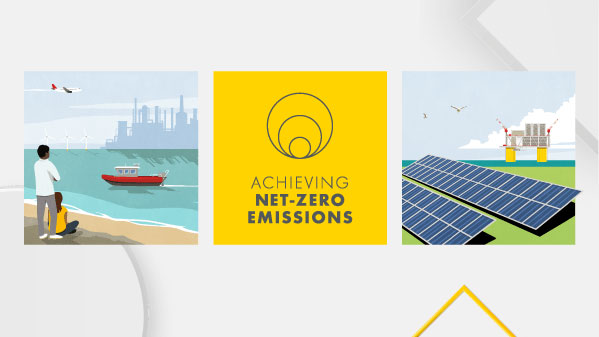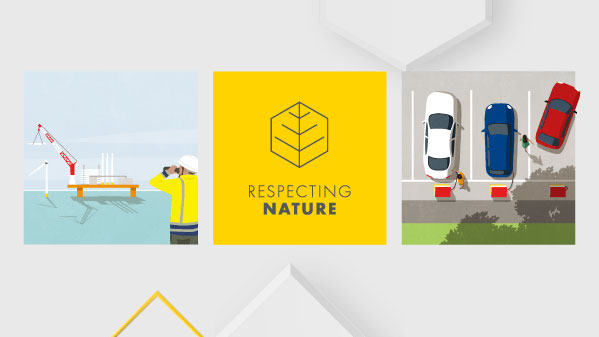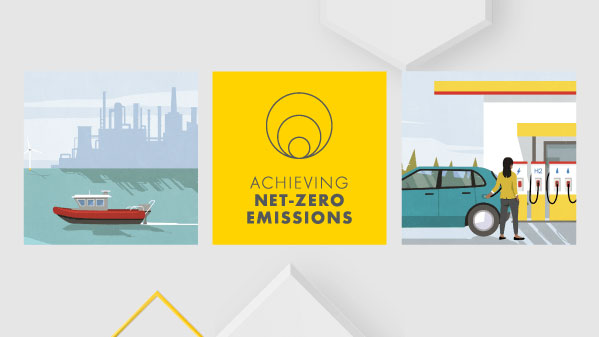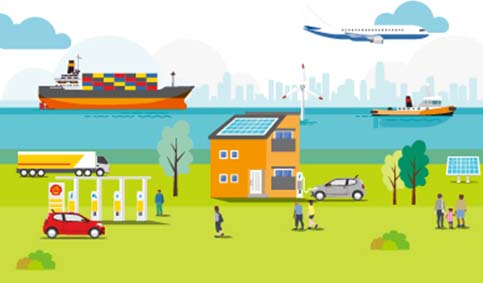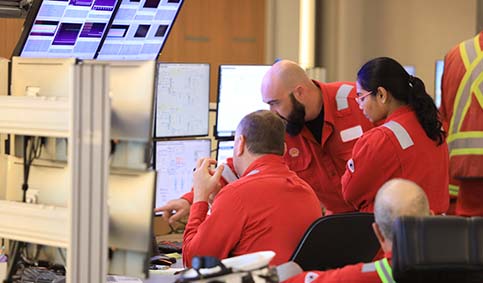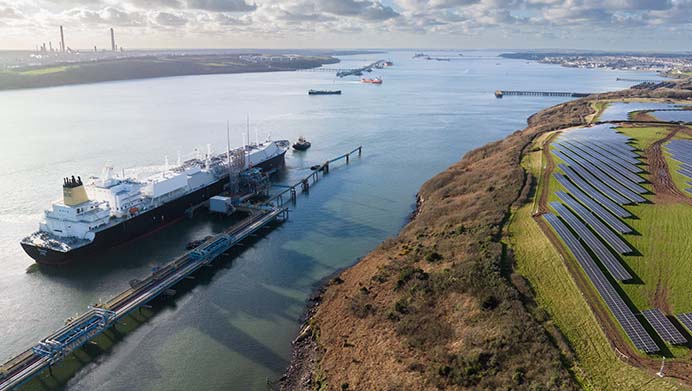Carbon pricing and taxes
More than 70 countries have set a net-zero emissions target, covering about 76% of global emissions, according to the United Nations [A]. Some governments and jurisdictions have introduced carbon pricing mechanisms to help meet their ambition. There are two main types of carbon pricing policies that governments implement to create an economic incentive to control emissions without limiting the goods and services that hydrocarbons can deliver.
The first option is for governments to tax emissions, which directly establishes a price for emitting carbon dioxide. The alternative is to cap emissions and then allow a price to develop through the trading of allowances between emitters. This is the route adopted in Europe through the EU Emissions Trading System.
Shell supports a direct price on carbon emissions as part of a broader policy framework to achieve net-zero emissions. The carbon price — whether through a carbon tax, cap and trade or a hybrid system — should apply to as many sectors of the economy as possible and increase over time. Policies should be based on robust and transparent modelling of the impacts of carbon pricing on consumers and industry. Shell advocates carbon pricing through various industry bodies. We also promote greater international co-operation through systems that transfer carbon credits between countries.
In 2022, Shell's cost of compliance with emissions trading systems and related schemes was around $493 million. We also collected and paid around $500 million in carbon taxes on behalf of governments in jurisdictions that have adopted such mechanisms [B]. The most significant carbon pricing mechanisms for Shell are those in Europe, Canada and Singapore.
We also use short-, medium- and long-term estimates of future costs of carbon for each region to understand the potential costs associated with new investments.
[A] According to the United Nations Net Zero Coalition.
[B] Amount derived from regulatory filings with relevant government authorities.
In focus Carbon taxes in Canada
Since 2019, Canada's federal government has put a price on carbon emissions, which in 2022 was about $37 per tonne. Each province and territory can choose its own carbon pricing mechanism, such as an emissions trading system or carbon tax, to meet the target.
The federal government has set minimum standards that all mechanisms must meet. The federal carbon pricing system applies if a provincial or territorial system does not meet the national standards, or if a province chooses to apply the federal system in its jurisdiction, as in the case of New Brunswick. Canada's federal carbon pricing system, under the Greenhouse Gas Pollution Pricing Act, has two parts: a performance-based system for industries, and a federal fuel charge or carbon tax on petroleum fuels, such as petrol and diesel.
In 2022, we paid around $290 million to the tax authorities for fuel products in provinces where the federal fuel charge applies, including Alberta, Manitoba, Ontario and Saskatchewan. We also made carbon tax payments in British Columbia and the Northwest Territories, which have adopted a provincial carbon tax system in line with the national standards.

Shell supports a direct price on carbon emissions as part of a broader policy framework to achieve net-zero emissions.

